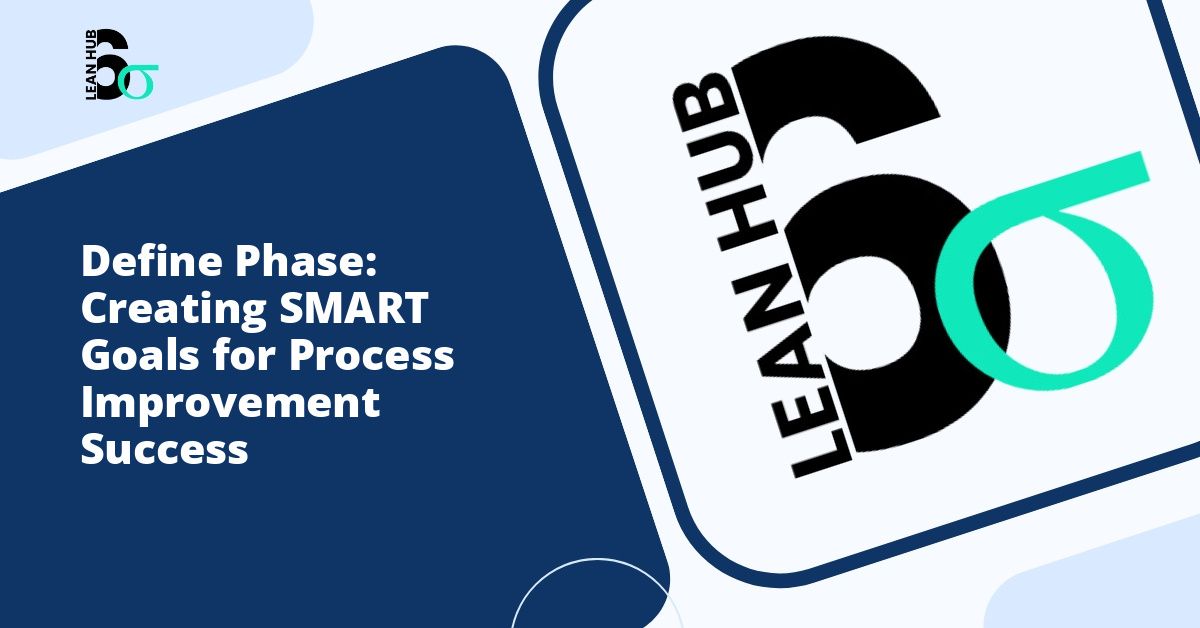In the world of process improvement, success depends not only on methodologies and data but also on the people who influence and are affected by change. Stakeholder analysis stands as a critical component of Six Sigma projects, particularly during the recognize phase, where identifying the right individuals can mean the difference between project success and failure. This comprehensive guide explores how to effectively identify and manage stakeholders throughout your lean six sigma initiatives.
Understanding Stakeholder Analysis in Six Sigma Context
Stakeholder analysis is a systematic approach to identifying individuals, groups, or organizations that can affect or be affected by a Six Sigma project. This process goes beyond simply creating a list of names; it involves understanding their interests, influence levels, expectations, and potential impact on project outcomes. You might also enjoy reading about How to Write a Lean Six Sigma Project Charter: Step-by-Step Guide with Examples.
Within the DMAIC (Define, Measure, Analyze, Improve, Control) framework, stakeholder analysis begins during the Define phase but continues throughout the entire project lifecycle. The recognize phase of lean six sigma requires project leaders to acknowledge that every process improvement initiative operates within a complex web of human relationships and organizational dynamics. You might also enjoy reading about 10 Examples of Good vs. Bad Six Sigma Problem Statements: A Comprehensive Guide.
Why Stakeholder Analysis Matters in Process Improvement
Many Six Sigma projects fail not because of technical deficiencies but due to human factors. Without proper stakeholder engagement, even the most statistically sound solutions can face resistance, inadequate resources, or implementation challenges. Stakeholder analysis provides several critical benefits: You might also enjoy reading about Project Charter Red Flags: 10 Warning Signs Your Six Sigma Project Will Fail.
- Early identification of potential obstacles and resistance points
- Better resource allocation and support mobilization
- Enhanced communication strategies tailored to different audiences
- Increased buy-in and commitment to project outcomes
- Reduced risk of project derailment due to political or organizational factors
Identifying Key Stakeholders in Your Six Sigma Project
The first step in stakeholder analysis involves comprehensive identification. This process requires looking beyond the obvious participants to uncover all individuals and groups who might influence or be influenced by your project.
Primary Stakeholder Categories
Executive Sponsors: These senior leaders provide strategic direction, resources, and organizational authority. Their visible support legitimizes the project and helps overcome bureaucratic barriers. Executive sponsors typically have high influence but may have varying levels of interest in day-to-day project activities.
Process Owners: These individuals hold responsibility for the process being improved. They possess deep knowledge of current operations and will ultimately own the improved process. Their engagement is essential for sustainable change.
Project Team Members: The core team executing the lean six sigma methodology includes the project champion, black belts, green belts, and subject matter experts. These stakeholders have high interest and varying degrees of influence depending on their roles.
Customers: Both internal and external customers who receive the output of the process being improved represent critical stakeholders. Their requirements drive the definition of quality and project success criteria.
Employees Affected by Changes: Workers who perform process tasks daily often possess valuable insights and will experience the most direct impact from improvements. Their cooperation is vital for implementation success.
Support Functions: Departments such as IT, HR, finance, and quality assurance may provide essential resources or need to adjust their own processes to accommodate improvements.
Stakeholder Identification Techniques
Effective stakeholder identification employs multiple techniques to ensure comprehensive coverage. Begin with brainstorming sessions involving your core project team. Review organizational charts to identify reporting relationships and functional dependencies. Examine process maps to pinpoint everyone who touches or is touched by the process. Conduct interviews with key individuals to uncover hidden stakeholders who might not be immediately obvious.
Analyzing Stakeholder Influence and Interest
Once stakeholders are identified, the recognize phase of your lean six sigma project requires deeper analysis to understand each stakeholder’s characteristics. This analysis typically examines several dimensions.
Power and Influence Assessment
Evaluate each stakeholder’s ability to facilitate or obstruct your project. Power may derive from formal authority, control over resources, technical expertise, or informal influence within the organization. High-power stakeholders require careful management and regular engagement regardless of their interest level.
Interest and Engagement Level
Determine how much each stakeholder cares about your project and its outcomes. Some stakeholders may have high power but low interest, while others might be deeply interested but lack formal authority. Understanding this dynamic helps prioritize engagement efforts.
Impact Analysis
Assess how significantly the project will affect each stakeholder. Those experiencing major changes to their work routines, responsibilities, or performance metrics require more intensive change management support.
Attitude and Support Level
Identify whether stakeholders are supporters, neutral parties, or opponents of your initiative. Understanding current attitudes helps you develop appropriate strategies to maintain support, convert neutral parties to advocates, or mitigate opposition.
Creating a Stakeholder Matrix
A stakeholder matrix provides a visual tool for organizing your analysis. The most common approach uses a two-by-two grid plotting power against interest. This creates four quadrants that suggest different management strategies.
High Power, High Interest: These key players require close partnership and regular communication. Engage them as active participants in decision-making processes.
High Power, Low Interest: Keep these stakeholders satisfied with periodic updates. Avoid overwhelming them with details but ensure they remain informed of major developments.
Low Power, High Interest: Keep these stakeholders adequately informed. They can serve as advocates and provide valuable feedback but do not require intensive management attention.
Low Power, Low Interest: Monitor these stakeholders with minimal effort, providing general information through standard communication channels.
Developing Stakeholder Management Strategies
Analysis alone provides limited value; you must translate insights into actionable management strategies. Effective stakeholder management in lean six sigma projects requires tailored approaches for different stakeholder groups.
Communication Planning
Develop a communication plan specifying what information each stakeholder group needs, how frequently, and through which channels. Executive sponsors might prefer monthly dashboard updates, while process workers need detailed training on new procedures. Customize your message complexity, technical depth, and framing to resonate with each audience.
Engagement Activities
Design specific activities to involve stakeholders appropriately. This might include workshop participation, review sessions, pilot testing opportunities, or advisory board membership. Active involvement builds ownership and reduces resistance to change.
Resistance Management
For stakeholders showing resistance, develop targeted strategies addressing their specific concerns. This might involve one-on-one meetings to understand objections, providing additional data to counter misconceptions, or adjusting project scope to accommodate legitimate concerns.
Continuous Monitoring and Adjustment
Stakeholder dynamics change throughout a project. Regularly reassess stakeholder positions, attitudes, and influence. What begins as opposition may evolve into support as people understand benefits better. Conversely, initial supporters might become concerned as implementation details emerge.
Common Stakeholder Management Pitfalls to Avoid
Several common mistakes undermine stakeholder management effectiveness. Avoid identifying stakeholders too narrowly by looking only at obvious participants. Do not assume that initial stakeholder positions remain static throughout the project. Never neglect low-power stakeholders who might possess valuable insights or become opponents if ignored. Resist the temptation to communicate identically with all stakeholders rather than tailoring your approach.
Integrating Stakeholder Analysis with DMAIC
Stakeholder analysis should not be a one-time activity but an ongoing process integrated throughout the DMAIC methodology. During Define, identify initial stakeholders and secure sponsorship. In Measure, engage process workers to validate data collection approaches. Throughout Analyze, involve technical experts to validate root cause findings. During Improve, collaborate with implementers to design practical solutions. Finally, in Control, ensure process owners understand sustainability mechanisms.
Conclusion
Stakeholder analysis represents a fundamental success factor in Six Sigma initiatives that too often receives insufficient attention. By systematically identifying key players, analyzing their characteristics, and developing tailored management strategies during the recognize phase and beyond, project leaders significantly increase their odds of achieving sustainable process improvements. Remember that lean six sigma excellence requires both technical rigor and human-centered change management. The most sophisticated statistical analysis cannot overcome inadequate stakeholder engagement, but thoughtful relationship management can help even challenging projects achieve transformational results.








